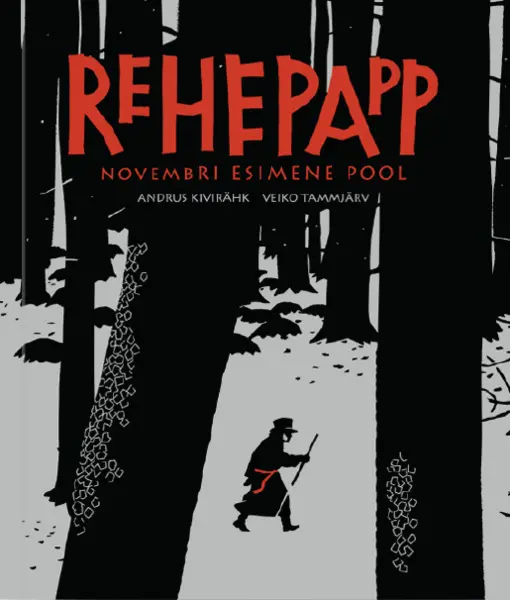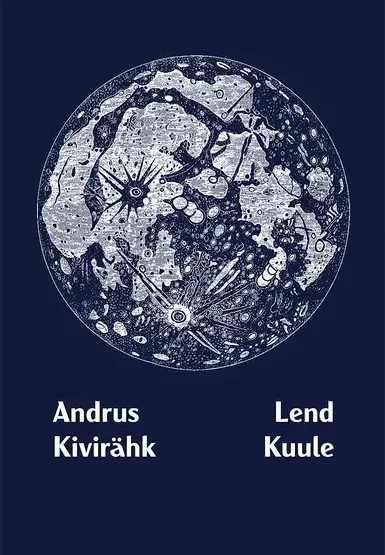At this point in time, an Estonian novel getting adapted into a graphic novel could be described as a phenomenon that’s only slightly more common than unicorns. In fact, the two-part adaptation of Andrus Kivirähk’s bestselling novel from 2000, November, by Veiko Tammjärv is the only existing example of this. Moreover, this pioneering rarity of an adaptation is a stunning, unequivocal success.
Among the handful of Estonian artists even capable of drawing professional-quality comics, Tammjärv’s talent, mostly expressed in experimental, often word-shy short stories, for this medium has been evident and admired by connoisseurs ever since the 1990s when he first emerged as a fresh art school graduate with a degree in printmaking. However, the socioeconomic and cultural realities of Estonia in the past three decades meant that rather than focusing on comics, Tammjärv built a fine career in advertising, and only published his first graphic novel in 2020: an adaptation of the cult film Dead Mountaineer’s Hotel. Thus November is technically only a sophomore effort, but it has the measured and polished air of a work by an experienced, confident professional.
Kivirähk’s novel, with its themes of greed, pettiness, malice, and general misanthropy, makes a mockery of nostalgic nation-building narratives of morally pure pastoral idyll. The beautiful, stark, and neatly structured adaptation presents the story in a fast-paced, matter-of-fact manner. However, Kivirähk’s trademark’s folksy, satirical tone ends up somewhat overshadowed by the adaptation’s decidedly more Gothic and melancholy atmosphere suggested by the artwork (a near monochrome color palette with stark shadows, the almost square page format echoing the oppressiveness of low, blackened ceilings and heavy November clouds). We learn that the unspecified village where events unroll is a microcosm mostly forsaken by the divine, yet Hell and the devil, witchcraft, and werewolves, as well as a seemingly endless array of monstrous, threatening entities, some lifted from Estonian folklore, others invented by Kivirähk, are a constant, annoying presence. For those stuck in that harsh place, even sheer survival is a challenge, mostly just about manageable with a bit of cunning and ancestral savvy. But it takes a toll, as almost every character ends up complicit in some of the many casual, even fatal, cruelties that are committed within a single month. The grim narrative, however, serves as a backdrop to bright, sensitive subplots of pure, tender, yet entirely unrequited love, felt by those too young to have grown as callous as their circumstances would merit.
Andrus Kivirähk, Veiko Tamjärv
November
Rehepapp. Novembri esimene pool
Graphic novel
Kratt Werk, 2021, 144 pp.
ISBN 9789916407370




